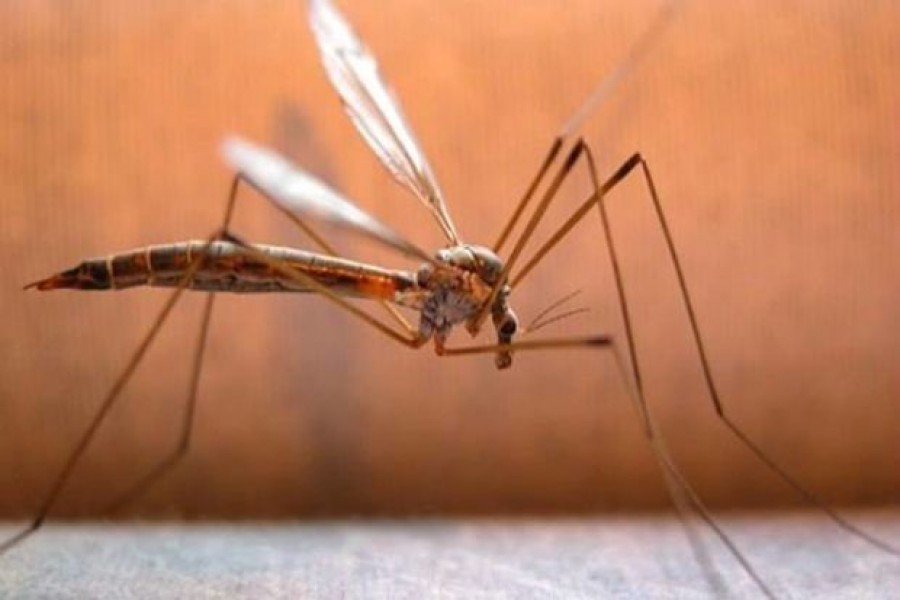Had the authorities and unsuspecting people in Dhaka and the nearby areas taken the dengue outbreaks seriously in the years 2018, 2019 and 2020, the capital could have been declared dengue-free by now. After the year 2019 witnessed record number of dengue deaths --- numbering 179, and dengue cases reaching 101,354 ---the ferocity of the scourge declined noticeably. It could be possible thanks to the all-out drives against the dengue vector Aedes Aegypti. But both the capital's inhabitants and the authorities defaulted on their tasks. Oblivious of their duties, the residents of Dhaka nonchalantly watched rainwater accumulating in their home compounds, and the officials of the two city corporations not delivering on their promises of keeping the water bodies free of the larvae of Aedes mosquito. Against the backdrop of the eventual drop in dengue fatalities and hospitalisations in the last two years people have been convinced that dengue may not re-emerge. But it has struck this year again.
On many counts, the year 2022 may be singled out for an extensive dengue outbreak. Dengue has flared up in the country's other parts as well. In its updates on dengue this year, the Directorate General of Health Services (DGHS) put the number of deaths at 50 on Friday. It has shown the total number of dengue patients set to cross 13,000-mark. Many deaths and hospitalisation cases allegedly remain unreported following similar practices earlier. However, hospital admissions are continuing unabated. Many cases are reportedly misdiagnosed at private hospitals and clinics, leading to patients' deaths following wrong treatment. Why such a simple disease should be misdiagnosed is baffling indeed.
Unlike in the past, especially during the early years of the outbreak of dengue, both public and private hospitals in dengue-affected regions and areas have now opened wards dedicated to the treatment of the chiefly fever-based, but also complicated, dengue. With dengue situation turning apparently worse this year, the two Dhaka city corporations i.e. DSCC and DNCC have taken up a few anti-dengue crash programmes to stop its spread. During a field survey, they have visited 1,830 households in 58 DSCC wards and 1,319 households in 40 DNCC wards. The survey has found 14 wards under DSCC, and 13 under DNCC, to be highly vulnerable to dengue. The presence of the dengue vector Aedes has been found to be higher in these city wards. Not all residents are satisfied with these anti-dengue measures. They have reasons to feel frustrated. In the past few years, there was enough hullabaloo over the much-publicised inspection of residents' surroundings, and red-marking of houses with pools of stagnant rainwater. All these measures eventually petered out with no result.
A gloomy outcome of this year's dengue outbreak is the experts' view that it may turn into a dreadful scourge. Some of them are of the opinion that dengue shows all signs of becoming endemic to Bangladesh. This is no good news. All-out efforts and public awareness can repulse the dengue attacks. Unless the country is made dengue-free in the coming monsoons, this seasonal disease may cause more human sufferings and even losses of lives along with financial haemorrhage.


